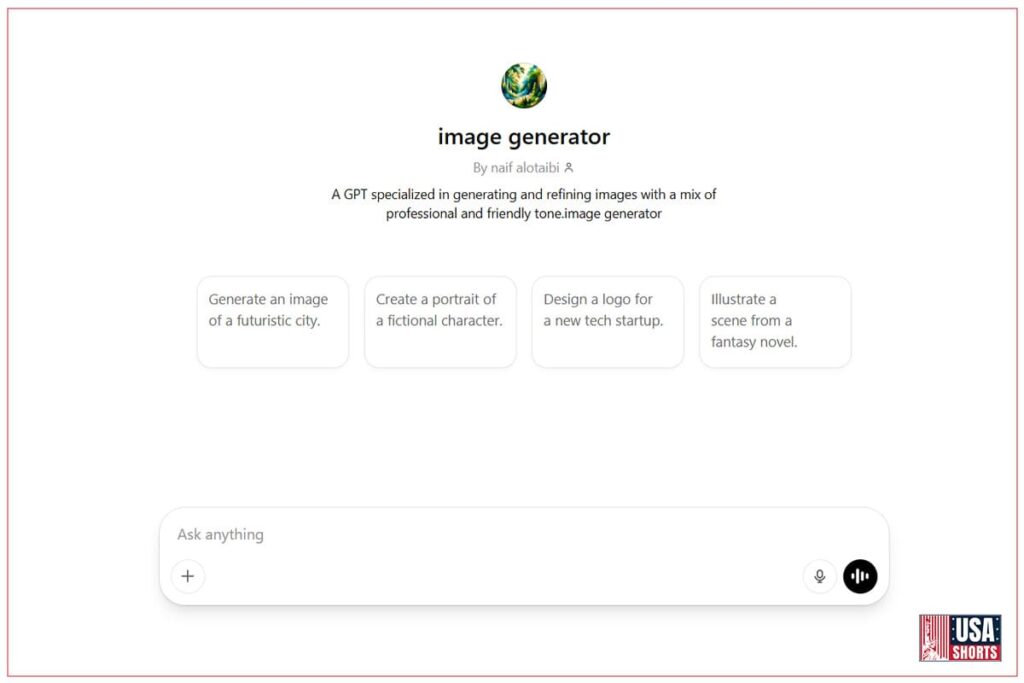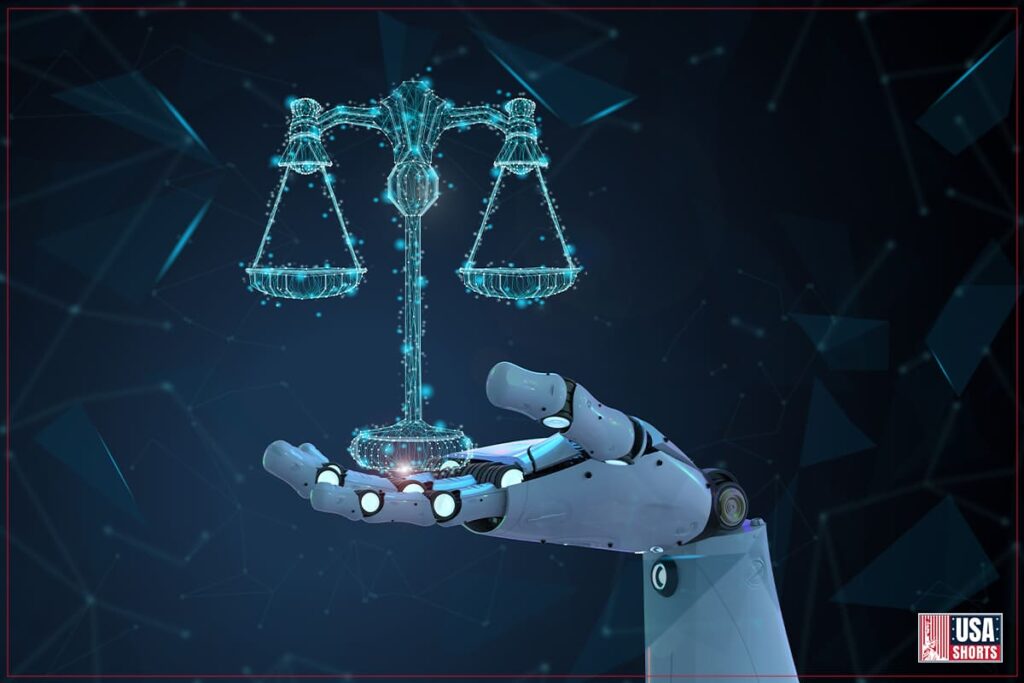ChatGPT’s Free AI Image Creation: A Game-Changer
Can you create Studio Ghibli-style art for free? With ChatGPT’s AI Image Creation Now Free for All Users you can! Announced on March 25, 2025, by OpenAI CEO Sam Altman on X, this update democratizes AI art, per The Verge. From small businesses to hobbyists, everyone benefits, aligning with Best AI Writing Tools in 2025 and Quadratic AI Spreadsheet Tool 2025. Explore iPhone 17 AI Features 2025 or Ziff Davis Sues OpenAI 2025 for more AI trends.
Table of Contents
What’s New with ChatGPT’s Free Image Generation?
Free Tier Details
Paid Tier Perks
Studio Ghibli Style: A Social Media Sensation
Technical Foundations and Ethics
How It Works
Ethical and Copyright Considerations
Creative Applications for Everyone
Personal Use
Professional Use
How to Get Started
Step-by-Step Guide
Tips for Crafting Prompts
- Frequently Asked Questions
Conclusion: Unleash Your Creativity with ChatGPT
What’s New with ChatGPT’s Free Image Generation?
OpenAI’s bold move, per TechCrunch, makes AI image creation free for all users, previously exclusive to paid tiers. This complements Perplexity AI Voice Assistant iOS 2025 and Canva Coding and Spreadsheet Tools 2025.
Free Tier Details
- Limit: 3 images/day, resetting every 24 hours, per OpenAI Help.
- Queue Priority: Paid users get priority during peak times.
- Resolution: Limited to 512×512, unlike paid tiers’ 1024×1024.
- Availability: May adjust based on demand, per The Verge.
See Best Free AI Study Apps 2025.
Paid Tier Perks
- ChatGPT Plus ($20/month): 50 images/3 hours, full resolution, priority.
- Team Tier: 100 images/3 hours, advanced customization.
- Enterprise Tier: Custom limits, dedicated support.

Studio Ghibli Style: A Social Media Sensation
ChatGPT’s free tier has fueled a Studio Ghibli art craze, per Instagram. Users craft lush landscapes, trending on X and TikTok (#ghibliai), per X. This mirrors YouTube AI Music Tool 2025 and AI Tools for YouTubers 2025. A cafe owner we spoke to saved $300/month using Ghibli-style images for Instagram ads, showcasing real-world impact.
Technical Foundations and Ethics
ChatGPT’s image creation leverages advanced AI, per Stanford.
How It Works
- Diffusion Models: Turn noise into images, per UC Berkeley.
- Transformers: Link text and visuals, per Transformer Paper.
- Training: Billions of text-image pairs, refined by human feedback.
See Claude 3.5 Capabilities 2025.
Ethical and Copyright Considerations
Personal use is safe, but commercial use risks copyright issues, per OpenAI. Guardrails limit infringements, per TechCrunch. Aligns with Google Chrome Antitrust Trial 2025.

Creative Applications for Everyone
ChatGPT’s free tier unlocks creativity, per Forbes.
Personal Use
- Craft visual stories, custom art, or learning aids, per OpenAI Help.
- Ties to Learn AI for Beginners 2025.
Professional Use
- Small businesses save on marketing (e.g., $500/month for social media visuals), per The Best AI Tools for Small Businesses in 2025.
- Supports Best AI Video Editing Tools 2025.
How to Get Started
Access ChatGPT at chat.openai.com, per OpenAI.
Step-by-Step Guide
- Sign up, no credit card needed, per TechCrunch.
- Select GPT-4o, enter prompts, generate images in 5–10 seconds.
See Copilot Studio 2025.
Tips for Crafting Prompts
- Be specific: “A Ghibli-style village with cherry blossoms.”
- Define style: “Watercolor painting.”
- Exclude unwanted elements: “No modern buildings.”
Links to Adobes New AI Magic Premiere Pro 2025.
FAQs
Yes, 3 images/day.
3 images/day, resetting daily.
Personal use is fine; commercial use risks issues.
ChatGPT’s free; Midjourney’s paid.
Conclusion: Unleash Your Creativity with ChatGPT
ChatGPT’s AI image creation, free since March 25, 2025, empowers all to craft stunning art. Try it at chat.openai.com and share on X. Explore usashorts.com for Apple AI Privacy 2025, Google Maps AI Tool 2025.







